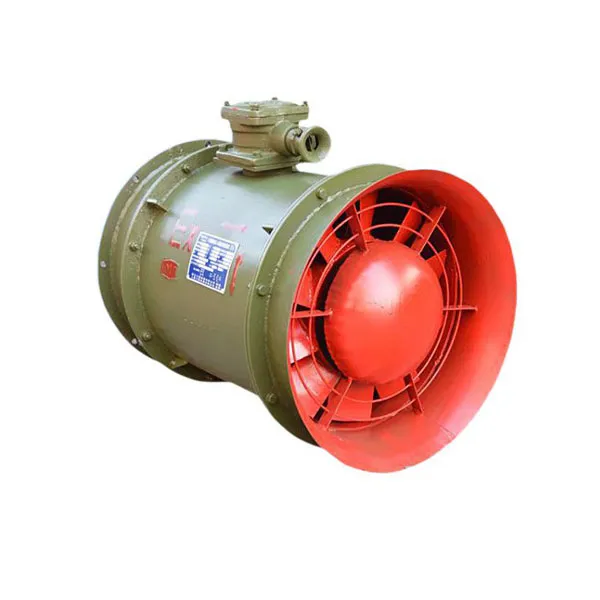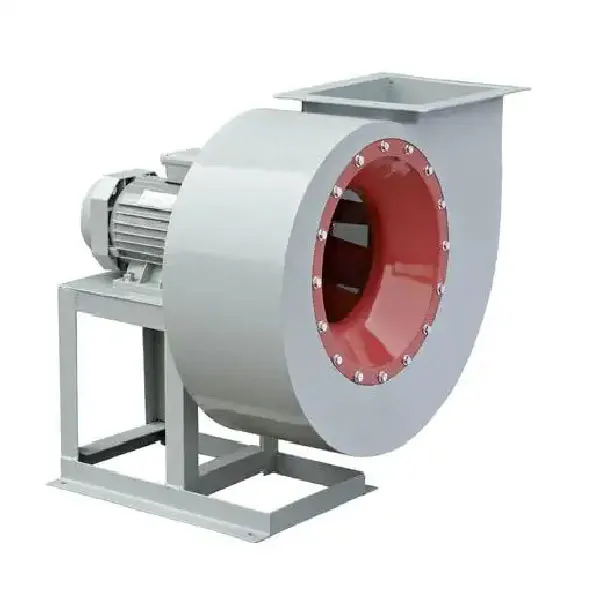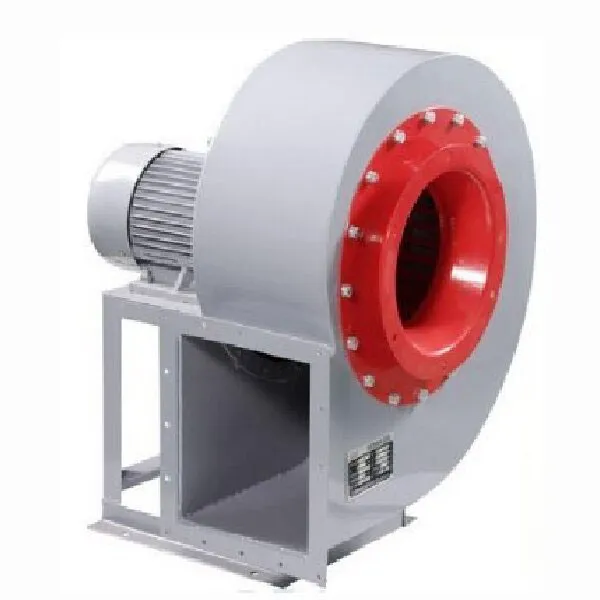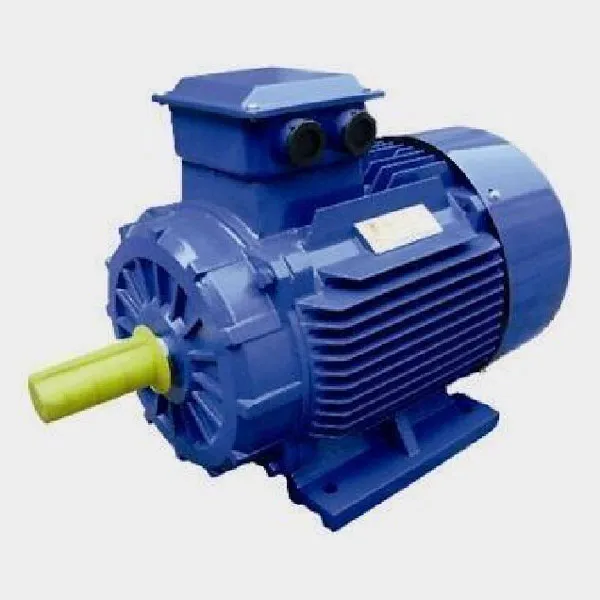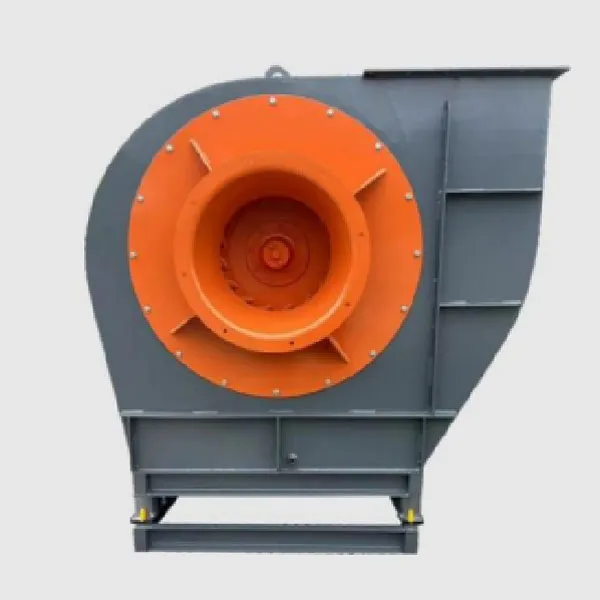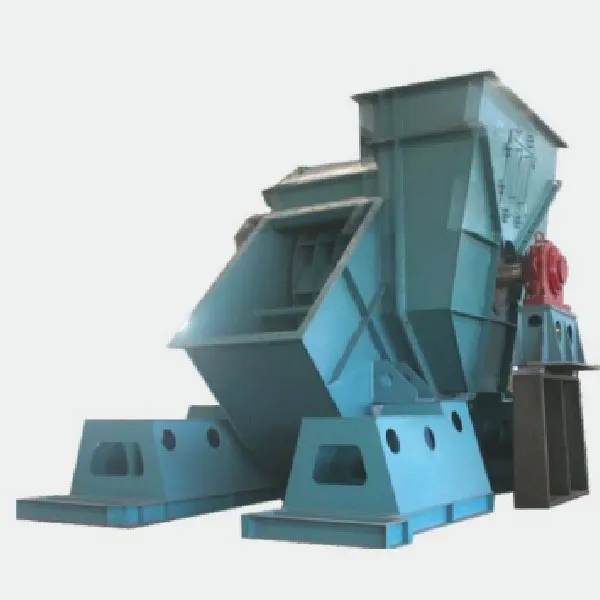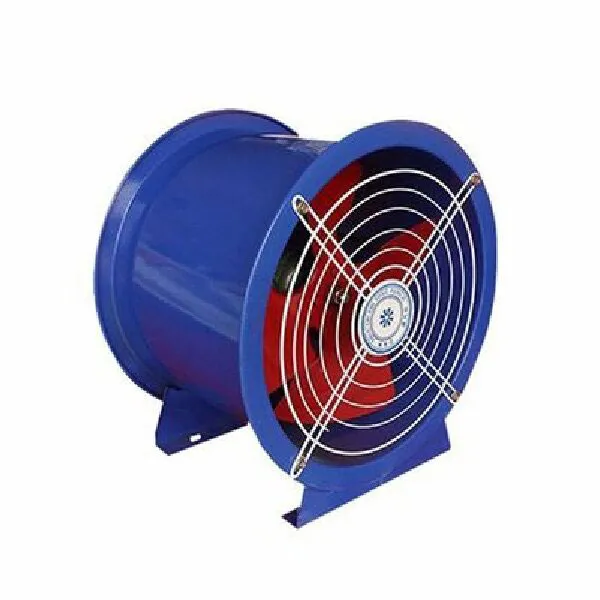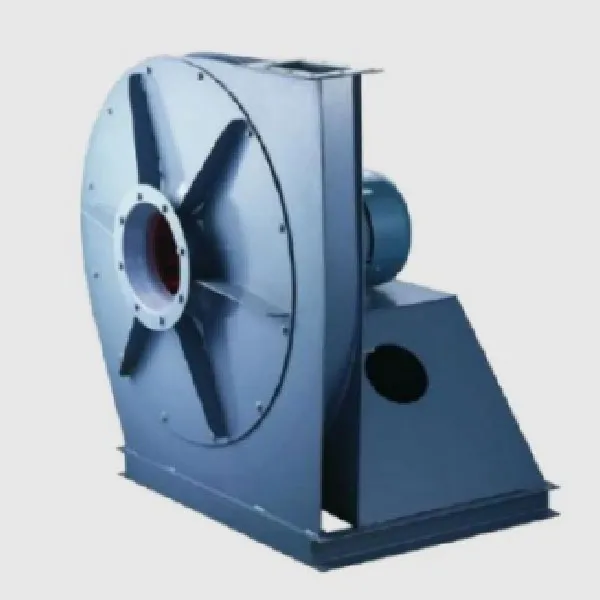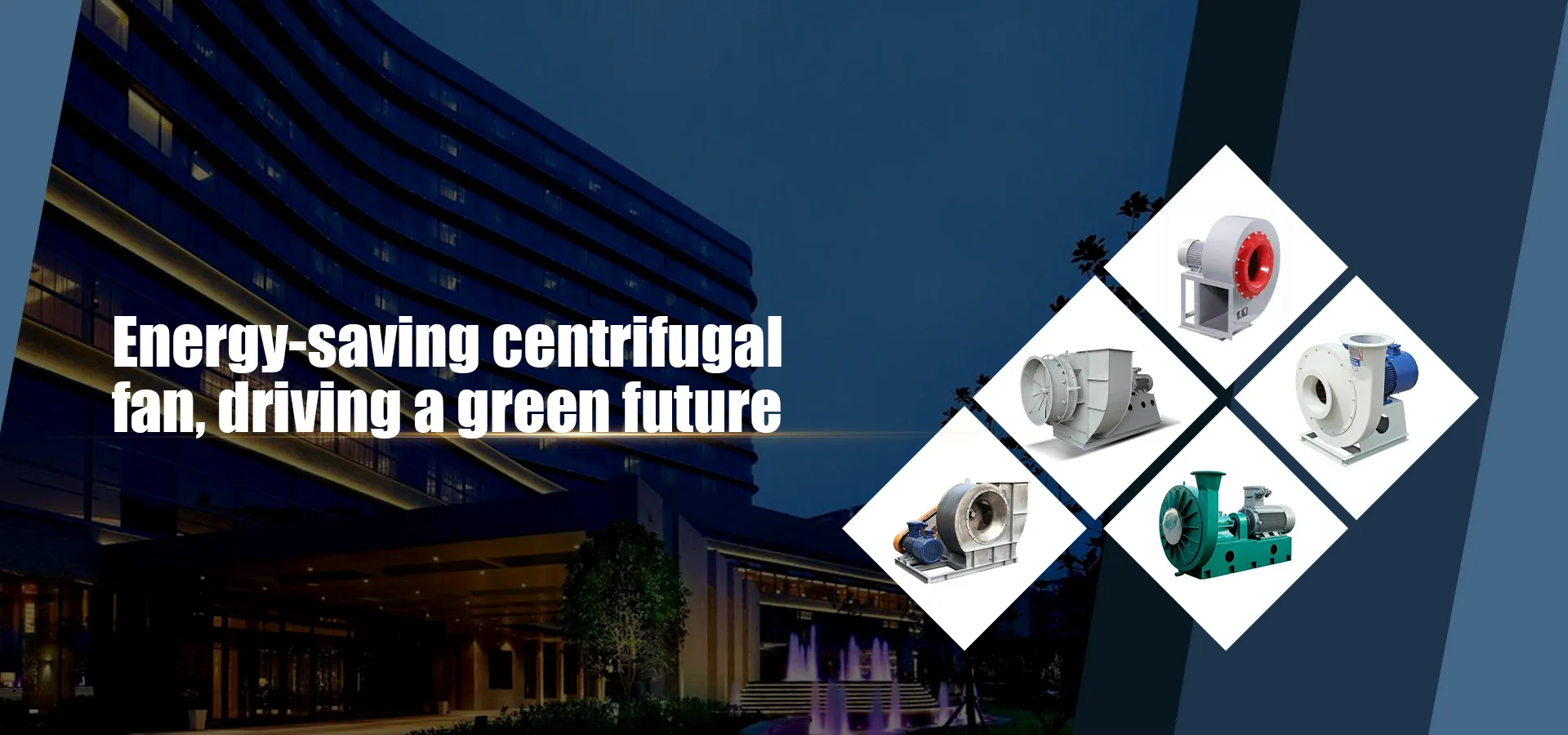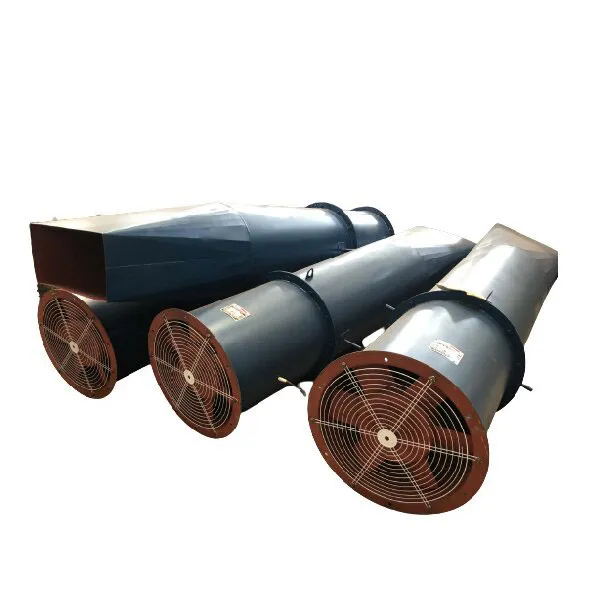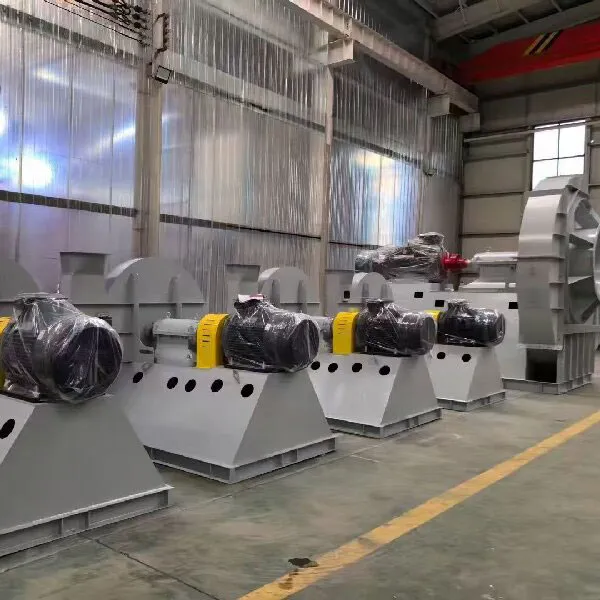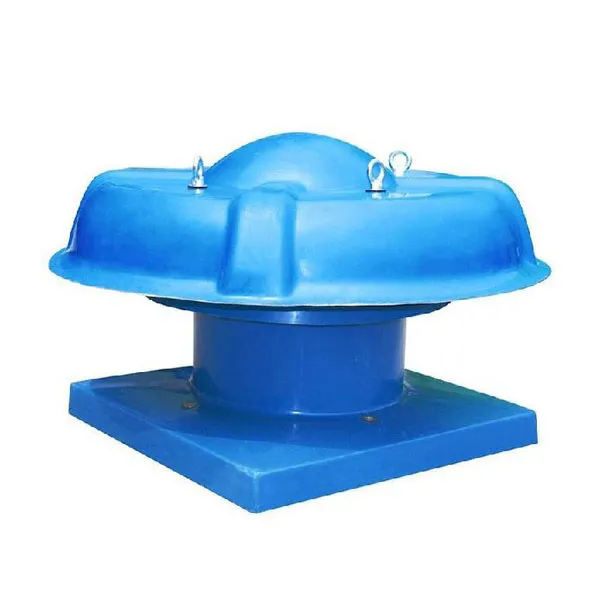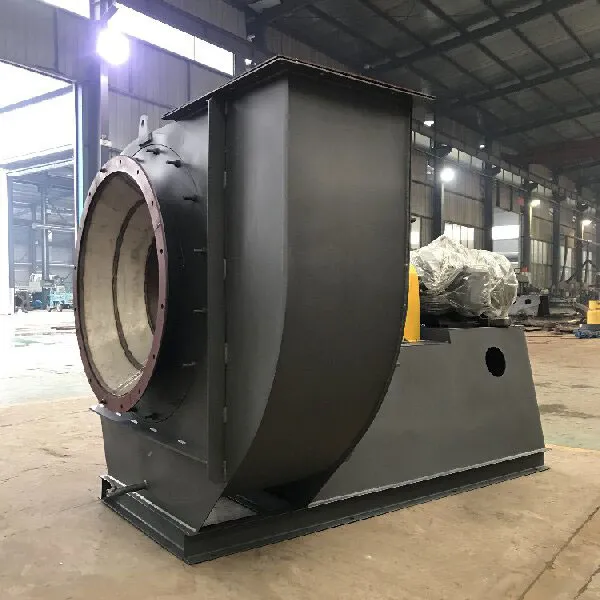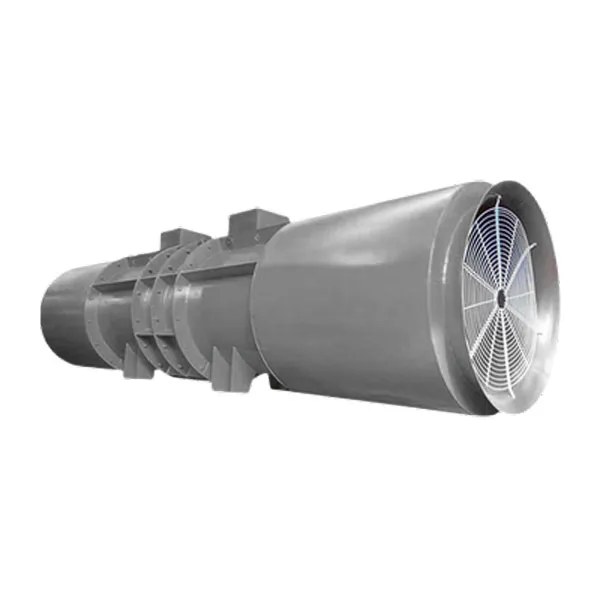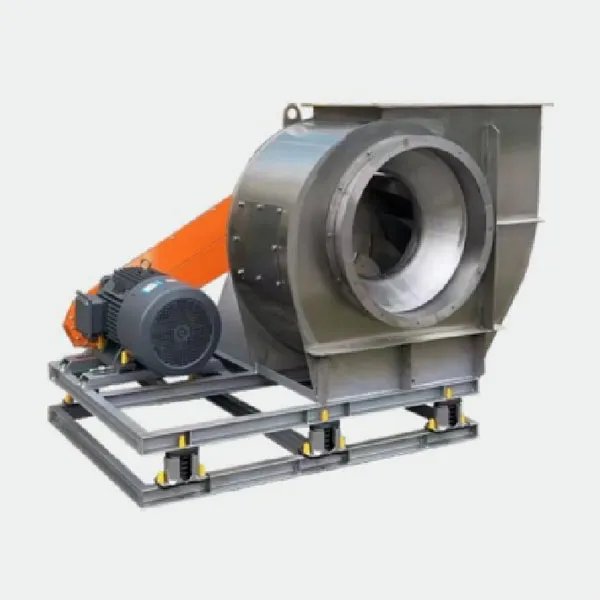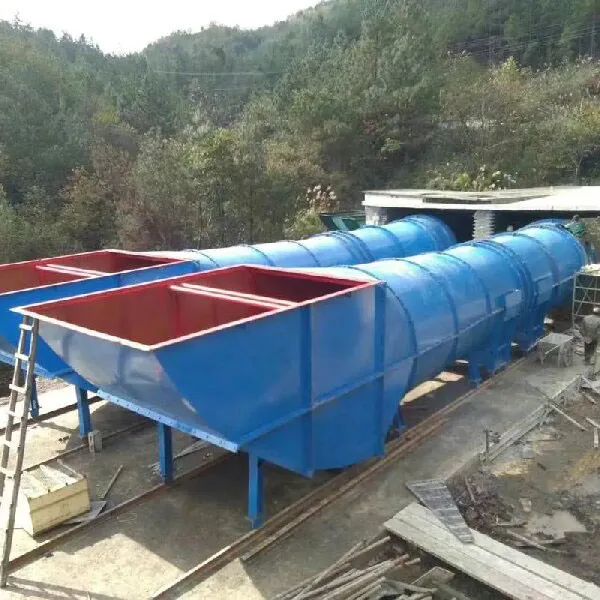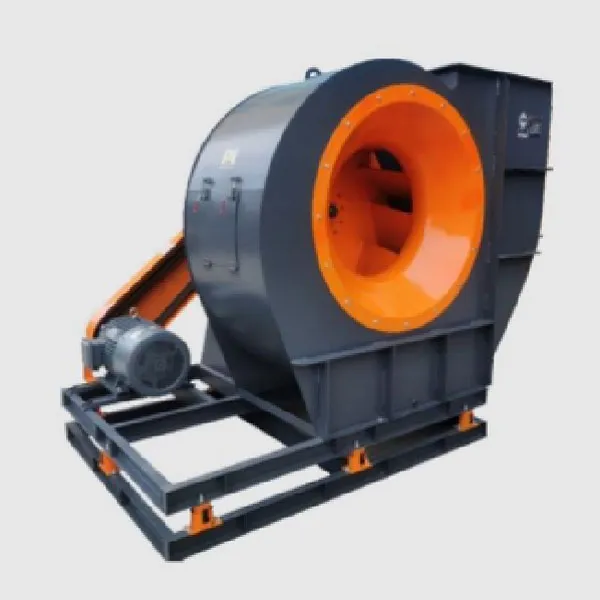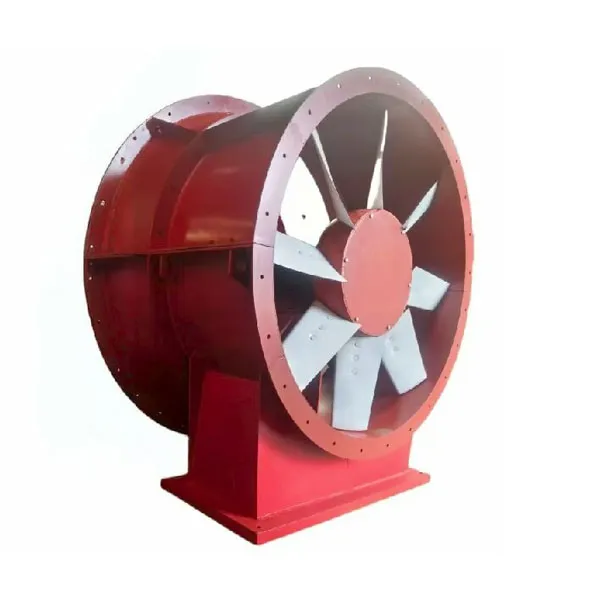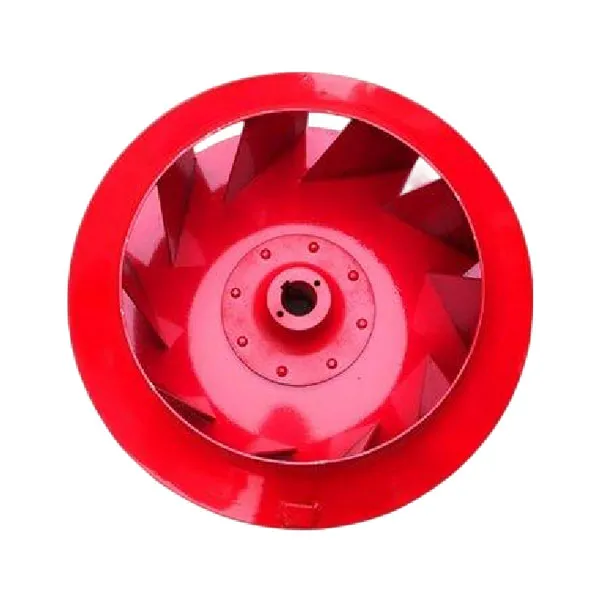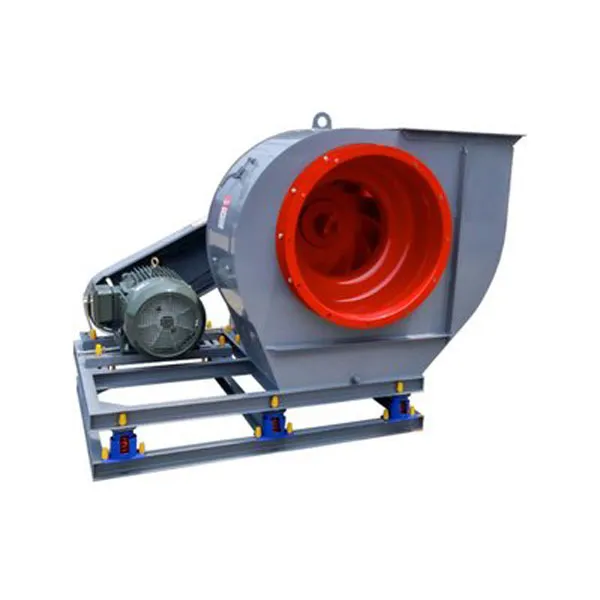*-=-*h1#-=-#Understanding the True Potential of Low-Noise Dust Removal Fans*-=-*/h1#-=-#*-=-*p#-=-#When dealing with industrial environments, the significance of *-=-*strong#-=-#low-noise dust removal fans*-=-*/strong#-=-# often gets overlooked. There's this common misconception that quieter machines must compromise on power or efficiency. But, in reality, these fans play a pivotal role in maintaining a safe and comfortable workplace while ensuring high performance.*-=-*/p#-=-#*-=-*h2#-=-#The Importance of Noise Reduction in Industrial Fans*-=-*/h2#-=-#*-=-*p#-=-#One interesting observation when working with these fans is how noise reduction significantly impacts workplace productivity. The constant drone of machinery can be mentally taxing. In a case study from a metalworking facility we examined, the simple switch to a low-noise fan system reduced worker fatigue noticeably. They reported feeling less drained at the end of their shifts, linking the improvement directly to noise reduction.*-=-*/p#-=-#*-=-*p#-=-#But let's not get too carried away. It's crucial to understand that not all low-noise systems are created equal. During my tenure at Zibo Hongcheng Fan Co., Ltd., with its extensive range of blowers (over 600 specifications), I've seen firsthand how tailored solutions are paramount. You can't just buy any system off the shelf and expect optimal results. Customization to fit specific environmental conditions can make all the difference.*-=-*/p#-=-#*-=-*p#-=-#A practical tip: when evaluating these systems, look beyond just decibel levels. Consider the overall performance metrics. In our experiments, a fan with slightly higher noise might deliver superior dust removal in certain scenarios. Always weigh your options.*-=-*/p#-=-#*-=-*h2#-=-#Balancing Efficiency with Noise Control*-=-*/h2#-=-#*-=-*p#-=-#The central challenge with *-=-*strong#-=-#low-noise dust removal fans*-=-*/strong#-=-# is finding that sweet spot between noise control and operational efficiency. In one project with Zibo Hongcheng Fan Co., Ltd. (https://www.hongchengfan.com), we tackled this age-old dilemma. Implementing centrifugal ventilators, which they're renowned for, revealed insights into performance trade-offs.*-=-*/p#-=-#*-=-*p#-=-#Adjusting blade angles and optimizing fan speed can significantly affect the noise profile without necessarily impacting efficacy. The trial-and-error process is often necessary, and while it might seem tedious, the payoff in a high-functioning, quieter workspace is worth it.*-=-*/p#-=-#*-=-*p#-=-#Another noteworthy consideration is the surrounding environment. Occasionally, the noise isn't just from the fan itself but amplified by the setup context. Enclosures or strategic placement within the facility can dampen perceived noise levels—it's a small detail but one that shouldn't be underestimated.*-=-*/p#-=-#*-=-*h2#-=-#Real-World Applications and Lessons Learned*-=-*/h2#-=-#*-=-*p#-=-#One memorable implementation was in a pharmaceutical production setting. Here, air purity was non-negotiable, and noise control was directly tied to stringent health regulations. Our use of stainless steel fans facilitated both efficient dust removal and compliance with noise standards. The choice of material had a dual purpose—corrosion resistance and noise reduction.*-=-*/p#-=-#*-=-*p#-=-#Failures happen too; there was an instance where a theoretically optimal setup underperformed massively because we underestimated the impact of external temperature variances on fan operation. That was a costly mistake but a valuable lesson in considering all environmental nuances.*-=-*/p#-=-#*-=-*p#-=-#Such real-world experiences underscore the importance of comprehensive site assessments before installation. A seemingly minor oversight can lead to setbacks that sophisticated technical diagrams might not predict.*-=-*/p#-=-#*-=-*h2#-=-#The Role of Technology in Enhancing Fan Performance*-=-*/h2#-=-#*-=-*p#-=-#Technological advancements are naturally reshaping the landscape of *-=-*strong#-=-#low-noise dust removal fans*-=-*/strong#-=-#. With innovations like automated control systems, we're not just reducing noise but optimizing energy consumption. During a collaborative project with a tech partner, integrating smart control units led to a 15% boost in energy efficiency while keeping noise under control.*-=-*/p#-=-#*-=-*p#-=-#New materials are also making their mark—look out for developments in composite materials that boast natural noise-dampening properties. Although in early stages, they hold the promise of fundamentally changing how we design these fans.*-=-*/p#-=-#*-=-*p#-=-#However, it's crucial to remain adaptable. Technologies evolve, and the best solutions often arise from a mix of tried-and-tested methods and cutting-edge innovations. Keeping an open mind can often lead to discovering novel approaches in creating efficient dust removal systems.*-=-*/p#-=-#*-=-*h2#-=-#Evaluating Cost vs. Benefit*-=-*/h2#-=-#*-=-*p#-=-#Ultimately, any investment in low-noise solutions must consider cost against tangible benefits. This entails a detailed cost-benefit analysis, factoring in potential long-term electricity savings, worker health improvements, and compliance with regulations.*-=-*/p#-=-#*-=-*p#-=-#An experience worth sharing involved a paper mill where the immediate cost of upgrading to a low-noise technology seemed daunting. However, when we projected the cumulative benefits over a five-year span, it painted a compelling picture of increased profitability and reduced worker turnover.*-=-*/p#-=-#*-=-*p#-=-#To conclude, while the perceived premium for *-=-*strong#-=-#low-noise dust removal fans*-=-*/strong#-=-# can initially deter decision-makers, taking a holistic view anchored in hard data can highlight the underlying advantages. Balancing initial expenditure with long-term gains often reveals these systems as not just viable but essential enhancements to industrial operations.*-=-*/p#-=-#*-=-*br/#-=-#









